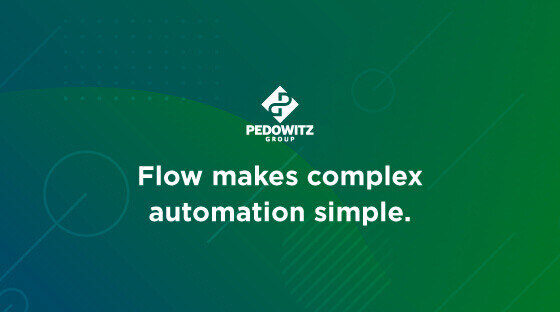Being a Salesforce admin lately is a lot like being a circus performer.
Why?
Well, if you aren’t flexible, quick on your feet, and comfortable working in fast-moving conditions….you’re probably not going to get too far.
It was just a little while ago that I walked you through the transition from Salesforce Classic to Lightning. It was a wholesale re-imagining of the Salesforce experience with a ton of user improvements.
Among them were a couple of automation-enabling functions: Process Builder and Workflow Rules. Process Builder, specifically, gave users the ability to use straightforward “If/Then” logic to add automation triggers to their Salesforce environment. You could automate a range of events from “Quick Actions” to “Send Custom Notifications” to Updating a Field” and more, all based on a triggering event meeting pre-defined criteria.
Essentially, it simplified automation for the less technically-minded of us. Alas, the EoL (End of Life) deadline for Process Builder and Workflow Rules is fast approaching. Sometime in the latter part of next year, Salesforce will begin blocking the ability to create new workflow rules and processes.
It’s full speed ahead for their automation-enabling replacement called Flow. What makes it so special that it’s worth forcing this transition over?
Let’s get into that!
Feel the Flow
Remember that the idea behind Process Builder was to make automation accessible by simplifying the updating of current or child records.
Flows, on the other hand, is perfect for automating complex business processes and manual data entry. One straightforward example is using Flow Builder to create a Flow screen to assist users in creating tickets on an Account page.

As Salesforce continues to upgrade and refine Flow, they’re essentially laying the groundwork for a completely declarative (i.e. no coding required!) solution that can be practically as useful as coding. One key aspect to this is the versatility of the process.
Flows can be triggered through the following methods:
- Screen flows: These require user input and are launched as an action or embedded on a Lightning page.
- Scheduled-triggered flows: These background flows are timed to help manage batches of records
- Auto-launched flows: These subflows are triggered from Process Builder or even by code
- Record-triggered flows: When a record updates or is created that meets the criteria, it can launch a flow
- Platform event-triggered flows: When an event message is received, it triggers this flow to run in the background.
All of these work together to produce a host of benefits both to admins and the organizations they run Salesforce instances for:
- Time-consuming and repetitive tasks that eat at admin time are a thing of the past.
- There is much less need to spend resources on specialist developers as so much can be done in this declarative application without coding expertise.
- You can automate data storage management by setting triggers to delete batches of “old” customer data that are no longer relevant.
- The overall ROI increases as you can easily create, edit, delete records, send emails, get input from users, and generate outbound messages.
Sounds awesome, right?
For many admins and organizations, however, there’s just one little catch…
What about my existing automation?
As Process Builder / Workflow Rules functionality has been around for a few years now, it’s likely that you’ve built up quite the pile of workflow rules that you depend upon every single day for making your Salesforce run properly. The steady approach of 2023 and the sunsetting of these functions might be anxiety-inducing, but there’s no need to worry.
First, Salesforce has excellent documentation to prepare you for everything you need to know.
It also walks you through using their Migrate to Flow tool within your Salesforce instance. This is your first stop on the Modern Salesforce Express. While it doesn’t auto-convert processes – yet – that functionality is coming soon.

In the meantime, it might be a good idea to circle back around to your earliest automation and see if it’s worth keeping in its current form. Remember that Process Builder was always limited to one object that you started with. Once you have the triggering object, you can only use child objects in relation to the current object, and actions are evaluated strictly in the order in which they appear in Process Builder.
In short, complex actions were never on the table, so it’s worth auditing your existing processes to see if they are better off rebuilt as a complex automation that encompasses multiple elements and can be refined for years to come.
Yes, you can still edit and activate existing workflow rules and processes for the foreseeable future, but the inability to create net new ones will only become more inefficient and limiting to your organization with each passing month. Get ahead of the deadline!
Today is a great day to start building new automation in Flow, but if you’d like a little extra support – or even just a resource to collaborate and share ideas with – we have dialed-in Salesforce Sales Cloud experts who’d love to talk!



